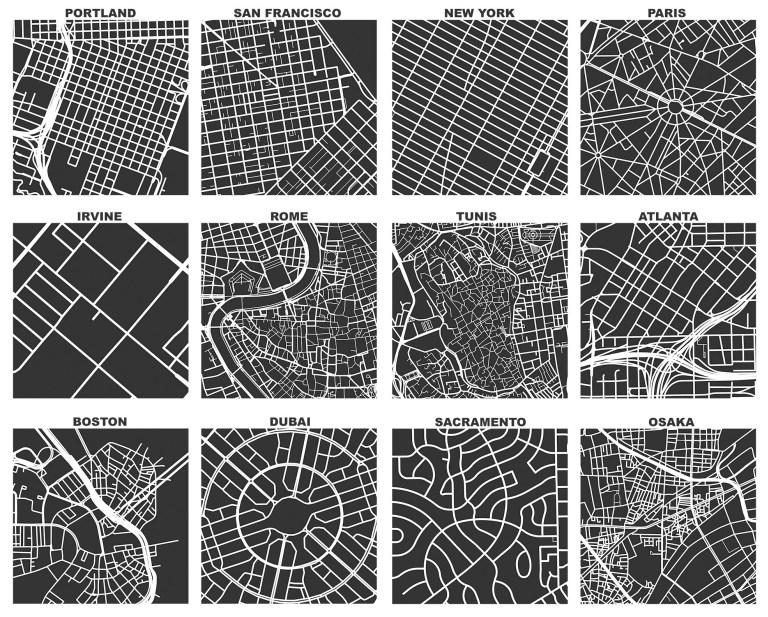Problem Statement
Hundreds of times we have asked ourselves “why is it hotter than in the previous years”; what happens to the climate that sometimes makes us think that autumn looks like spring and spring looks like summer?
Cities like Singapore are examples of the urban heat island (UHI) effect, a phenomenon in which buildings, roads, and vehicles store heat during the day and release it into the environment at night. This causes temperature differences of up to 7 degrees Celsius between urban and less urbanized areas.
Experts do not agree one hundred percent that UHI effects directly contribute to global warming, but it does intensify them. Faced with this situation, urban planning might be the answer to combat climate change.
There are those who argue that compact cities produce fewer greenhouse gases than dispersed cities. Others, in turn, claim that the compactness of the city’s infrastructure hinders climate adaptation due to the amplification of the UHI effect.
Characteristics According to Shape
The scientists Carl Pierer and Felix Creutzig, both from Sustainability Economics of Human Settlements (TU Berlin) and Mercator Research Institute on Global Commons and Climate Change in Berlin, ask: “How urban form could be designed to lower simultaneously both, transport greenhouse gas emissions and the urban heat effect?”To answer this question, they illustrated interesting models:
- The rationale for linear transit axes: Mass rapid transit (MRT) is one of the most efficient means of transport in a city, although it has high infrastructure costs and is only efficient in densely populated cities. Urban economic models, however, commonly propose a radially symmetrical city, the so-called “monocentric model”. This means that no matter where in the city we want to go, we must always cross the center. This idea of urban planning ignores that fast public transport is organized along linear axes, providing unequal access not only with radial distance but also with a circular angle.
- Urban Heat Island Geometry: This phenomenon arises from the properties of thermal mass and radiative forcing of sealed urban surfaces, such as asphalt, but also from residual heat generated in cities. Land use data and calculated metrics reveal that city size and compactness are among the factors that cause cities to have a higher UHI effect. In conclusion, the larger the city, the more intense the UHI. In addition, the more compact cities have a higher UHI.
Pierer and Creutzig argue that UHI is fueled by large cities with the most compact and round population, while linear cities remain cooler.
Finally, they propose a star-shaped city, organized along transport axes that point radially outward, which would collaborate with GHG reduction and UHI reduction. The main objective is to reduce compactness (high accessibility to green areas that reduce UHI) combined with high density (along transit corridors, allowing low-carbon transport).
Trial and error are necessary for the urban planning of each city. Today the key is the commitment of societies to mitigate and reduce the negative effects of climate change. In the end, it is “one for all and all for one”.
